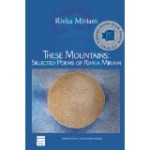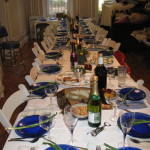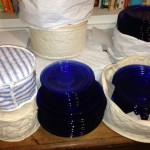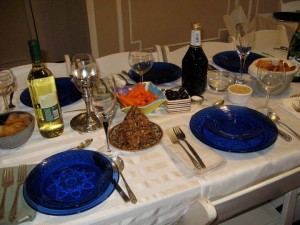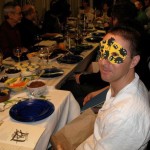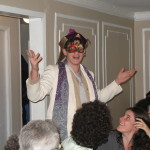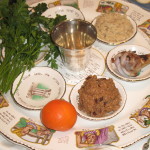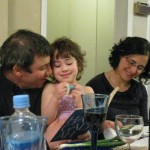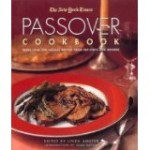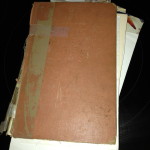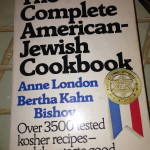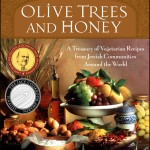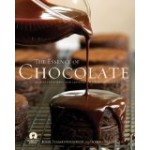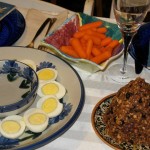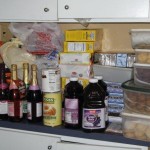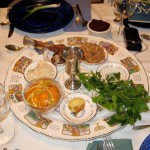 I come from a long line of reading mothers. Forget mom and apple pie – for me it’s mothers and books that go together. All of the mothers in my life, past and present, are (or were) huge readers and all have helped shaped me as a reader.
I come from a long line of reading mothers. Forget mom and apple pie – for me it’s mothers and books that go together. All of the mothers in my life, past and present, are (or were) huge readers and all have helped shaped me as a reader.
No one influenced my love of books and reading more than my mother. A former children’s librarian, and then later a professor of education specializing in literacy, my mother turned me on to books from birth. Language, stories, and books filled my childhood. She read to me for years, and introduced me to beloved classics. One of her childhood favorites was Heidi; I insisted on drinking my milk from bowls after being introduced to the mountain dwelling Swiss girl and her adventures. Of course I loved the picture books of early childhood, but my real loves were chapter books that allowed me to take my place in new worlds – The Borrowers, the Little House books, All-of-a-Kind-Family, the Narnia series, Little Women, Rebecca of Sunnybrook Farm, Anne of Green Gables, The Little Princess, and The Secret Garden.
I didn’t just read those books, I lived those books; I was those characters. It didn’t matter that, at a year younger than my classmates, I was shy and somewhat immature – I had my books and the worlds contained within them. I didn’t need a whole lot else. There was a period of time when I went to school wearing hiking boots and a long pioneer-like pinafore with a sash, my hair in long braids, à la Laura Ingalls Wilder. These books contained different worlds and experiences from each other, but they all featured strong, smart characters, mostly girls, who came out ok in the end, no matter the hardships they endured. Those stories reassured me that I too would make it through.
My mother did occasionally have to tell me to put down a book, like when I was crossing a street, but most of the time she just encouraged me to read, read, and read more. Once in a while she made an attempt to get me to look out the window at the cows (when on car rides) or to go outside and get some fresh air (whatever for?), but mostly she just let me be.
There were also the Holocaust books. It is subject that fascinates her even today. If a new Holocaust book comes out, she reads it. As a child I was given a constant stream of holocaust books like The Upstairs Window, When Hitler Stole Pink Blanket, and of course Anne Frank. It could be argued, lovingly, that there was some excess in this area – I read them hungrily but I’m not sure that for a child growing up in Brooklyn in the 1960’s and 70’s it was normal to occasionally wake up in the middle of the night from Holocaust nightmares. But she wanted me to know my history as a Jew, and I did.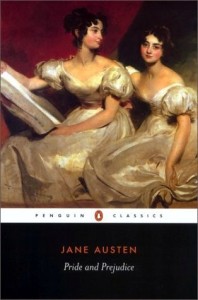
I do have to admit though that I have never come to love my mother’s absolutely favorite book of all time – Pride and Prejudice, but in an attempt to better understand her devotion to it I did take a class in Victorian Fiction in college. Though Emma turned out to be my top pick from the curriculum that semester, I did gain a better understanding of the genre and can now appreciate, if not share, her passion. And though we don’t see eye to eye on P&P, we are a great source of recommendations on new titles for each other.
My grandmother, z”l, was also an obsessive reader. There was always a book in her hand or right nearby. It didn’t matter where she was – at the pool, at a restaurant, at work, drinking a glass of white wine or a cup of coffee. She loved biographies, mysteries, and epic (often melodramatic) multi-generational family dramas. I picked up my late night reading habit from her, or maybe it was just passed down genetically – chicken or egg? Either way, from her I learned that it was normal to stay up late at night in bed reading, regardless of what time you had to wake up the next day. A good book took precedence over everything else. When I got married her counsel to me concerned the importance of a reading light on the nightstand – that way I could stay up late reading without bothering my husband, thereby making for a conflict-free marriage. If only she had lived to see the solutions provided by Kindles and iPads.
And then there’s my mother-in-law. Another lover of books, she shares my taste in literary fiction. We have swapped books for years as I’ve introduced her to American fiction, and she has introduced me to writers from South Africa and other parts of the British empire. Thanks to her, my world has enlarged to include Doris Lessing, Andre Brink, Nadine Gordimer, J.M. Coetzee, and many more. Where would I be without The Golden Notebook, one of my favorites of all time?
It would not be fair to end this piece without mentioning that both my mother and my mother-in-law are not only readers, but also writers. They have both published multiple books, including my mother’s magnum opus, The Encyclopedia of Children’s Literature, and the book that we wrote together, Stories of Heaven and Earth: Bible Heroes in Contemporary Children’s Literature.
All these mothers shaped me into the reader that I am today. Thank you for that amazing gift.

